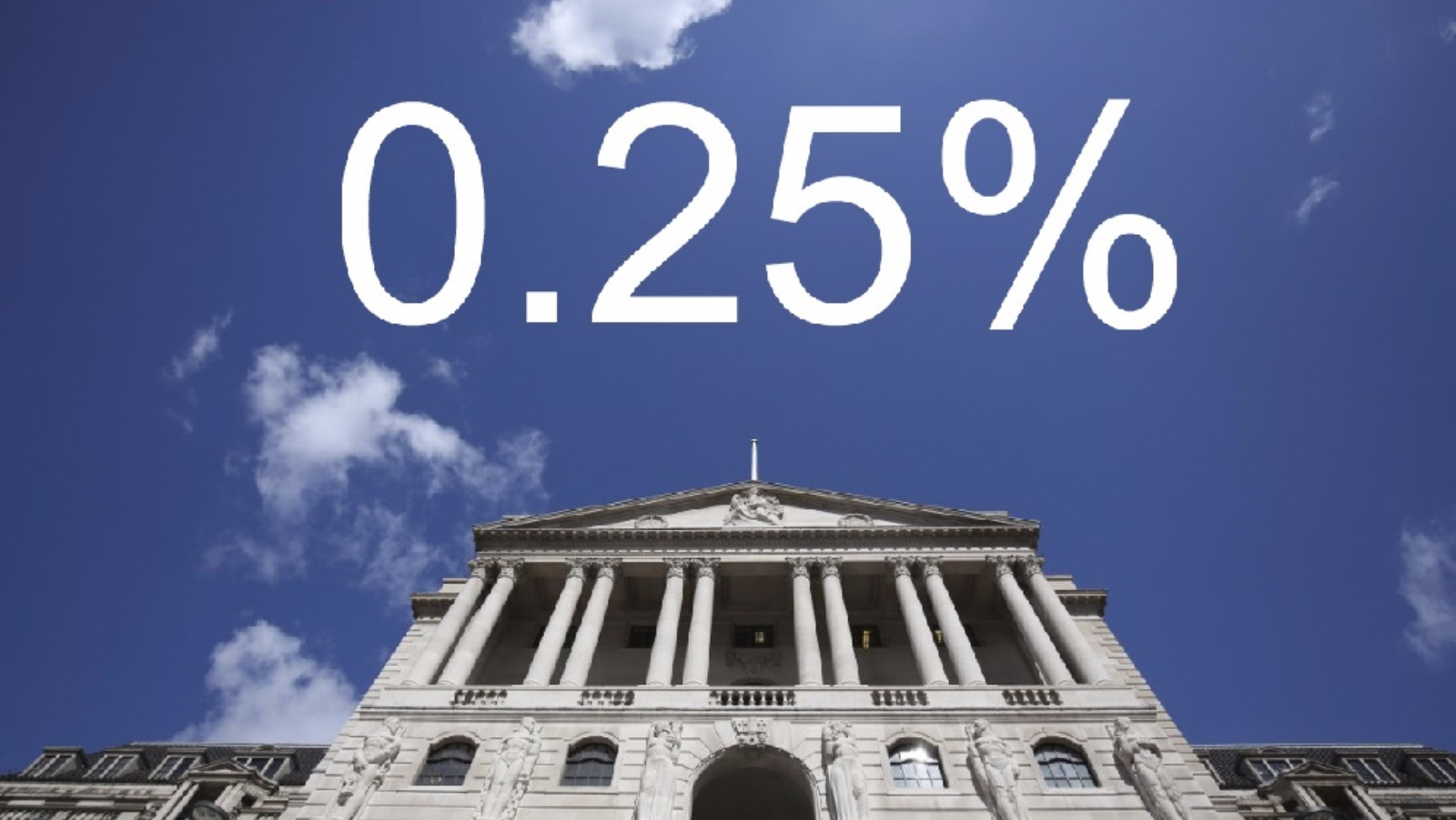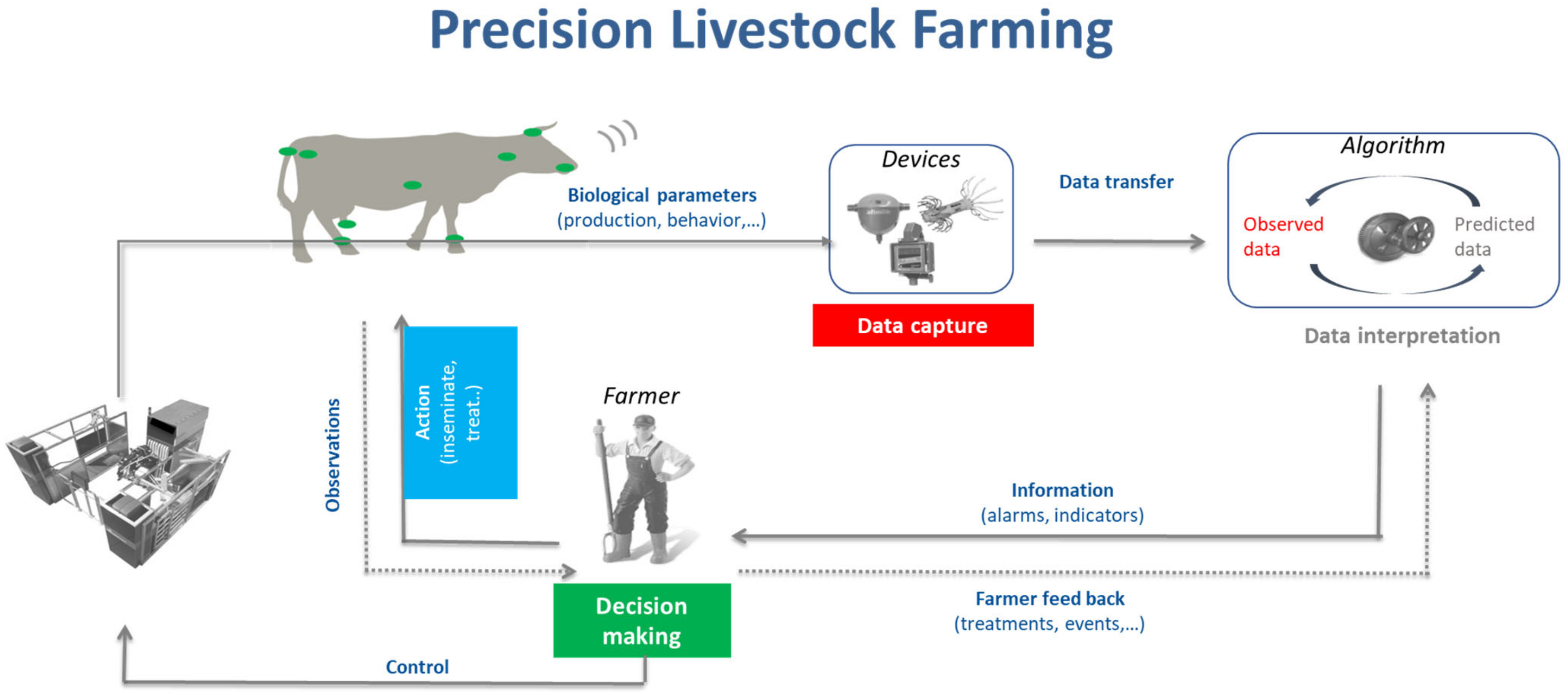South Korean Savings Banks Hit by Record Losses in First Half of 2024: Delinquency Rates Soar, PF Loans Weigh Heavy
A person walks past a bank of ATM booths in Yongsan District, central Seoul, on Thursday. [YONHAP]
South Korean savings banks endured a turbulent first half of 2024, grappling with a sharp increase in loan-loss provisions, surging delinquency rates, and a decline in total assets. The Financial Supervisory Service (FSS) released data on Friday revealing a combined net loss of 380.4 billion won ($284.5 million) for the January-June period, a stark contrast to the net loss of 96.5 billion won reported for the same period in 2023. This downturn was primarily attributed to the growing anxieties surrounding short-term real estate project financing (PF) loans, leading to significant provisions set aside by the banks.
Rising Loan-Loss Provisions and Delinquency Rates
The banks' loan-loss reserves surged by nearly 400 billion won to 2.33 trillion won in the first half of 2024, compared to 1.93 trillion won in the same period last year. This significant increase in provisions reflects the heightened concerns surrounding the risk associated with PF loans. The FSS's data also revealed that the average loan delinquency ratio for savings banks reached 8.36 percent as of end-June, a substantial increase of 1.81 percentage points from six months prior. This spike was primarily driven by a surge in corporate loan delinquency rates, which rose by 3.90 percentage points to 11.92 percent, while household loan delinquency rates saw a modest decrease of 0.21 percentage point to 4.80 percent.
A Deeper Dive into Delinquency Rates
The rise in delinquency rates, particularly in corporate loans, underscores the financial pressures faced by businesses in South Korea. The FSS's data provides a snapshot of the overall health of the financial system, highlighting the vulnerabilities within the savings bank sector. These data points serve as a warning sign for investors and policymakers alike, underscoring the importance of proactive measures to address the potential risks emerging from the PF loan market.
The Impact of PF Loans
The sharp increase in loan-loss provisions directly tied to PF loans reflects the increasing risk associated with these projects. The heightened concerns stem from the inherent volatility of the real estate market and the possibility of project delays or cancellations. While PF loans can provide critical funding for development projects, they also carry a significant level of risk for lenders, especially when short-term in nature. The potential for defaults on these loans can have a cascading effect on the financial stability of banks, particularly those heavily invested in this sector.
FSS's Efforts to Mitigate Risks
The FSS has recognized the potential risks posed by PF loans and has taken steps to address them. The regulator has urged banks to enhance corporate governance practices and increase transparency in their lending activities. This initiative aims to mitigate risks associated with PF loans by promoting greater accountability and oversight within the banking sector. By promoting more stringent risk management practices, the FSS hopes to bolster the stability of the financial system and protect the interests of depositors and investors.
Capital Adequacy and Future Outlook
Despite the challenges, South Korean savings banks maintain a healthy capital adequacy ratio, standing at 15.04 percent as of end-June. This figure surpasses the required level of 7 percent, offering a cushion against potential losses. However, the FSS's data highlights the need for continued vigilance, as the financial landscape continues to evolve. The FSS is expected to monitor the situation closely and implement further measures if necessary to mitigate risks and foster stability within the savings bank sector. This will require careful consideration of the impact on both borrowers and lenders, aiming for a balanced approach that supports economic growth while safeguarding the financial system.
A Look Beyond the Savings Bank Sector
While savings banks are grappling with PF loans and delinquency rates, the overall banking sector in South Korea is not without its own challenges. Domestic banks achieved record-high interest income in the first half of 2024, reaching approximately 30 trillion won. However, their net profit for the period declined by over 1 trillion won, primarily due to provisions set aside for equity-linked securities (ELS) tied to the Hong Kong H-Share Index. These provisions highlight the broader risks facing the banking sector, stemming from global market fluctuations and the complexities of financial instruments.
The Future of South Korean Banking
The South Korean banking sector is at a crossroads, facing a confluence of challenges and opportunities. The FSS's efforts to address PF loan risks and promote improved corporate governance are crucial steps in mitigating potential risks. However, a holistic approach is needed to address the broader challenges facing the sector, including navigating global market volatility and embracing technological advancements. By fostering a more resilient and adaptable banking system, South Korea can continue to support economic growth and maintain financial stability in an increasingly complex global landscape.

















